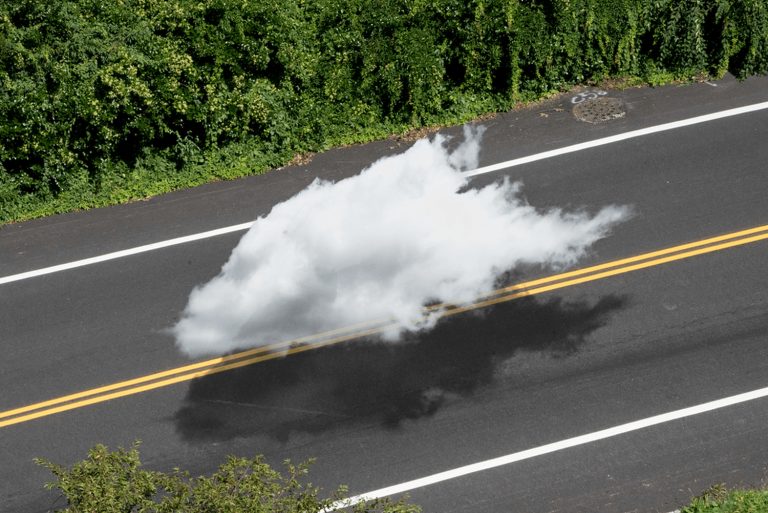
KangHee Kim
KangHee Kim was tired of waiting for the magic to happen, so she created it herself. The Brooklyn-based South Korean
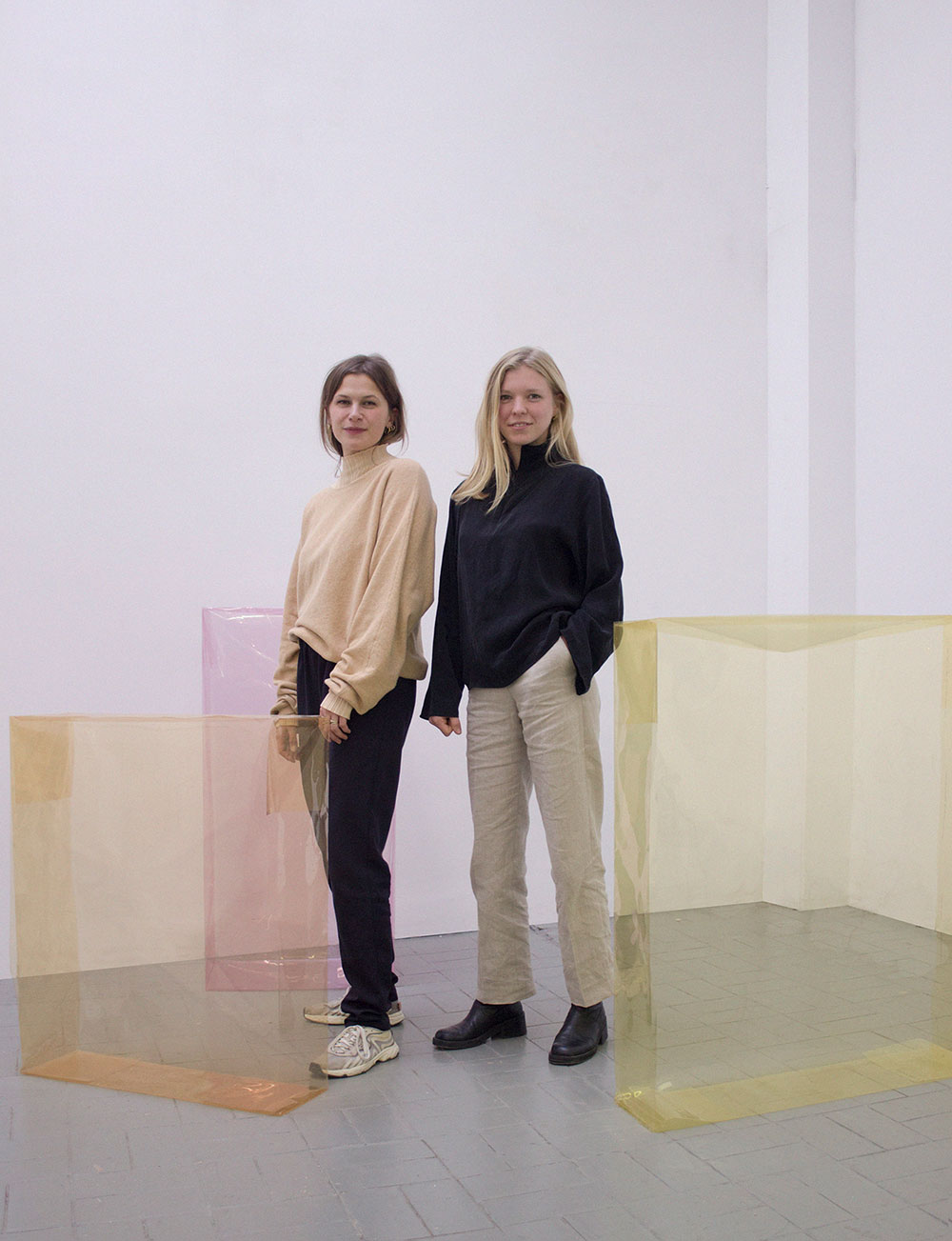
Forever Studio, based in the Netherlands, searches for unfamiliar combinations in autonomous and commercial design. Launched by Bienke Domenie & Sara Degenaar, the duo prioritizes color, shape, and empty space in their minimalistic designs. By motivating and supporting each other through obstacles, they created a studio that became a safe environment for sharing crazy ideas without any holdbacks.
We spoke with Forever Studio about their design processes and inspirations behind the brand.
Enjoy!
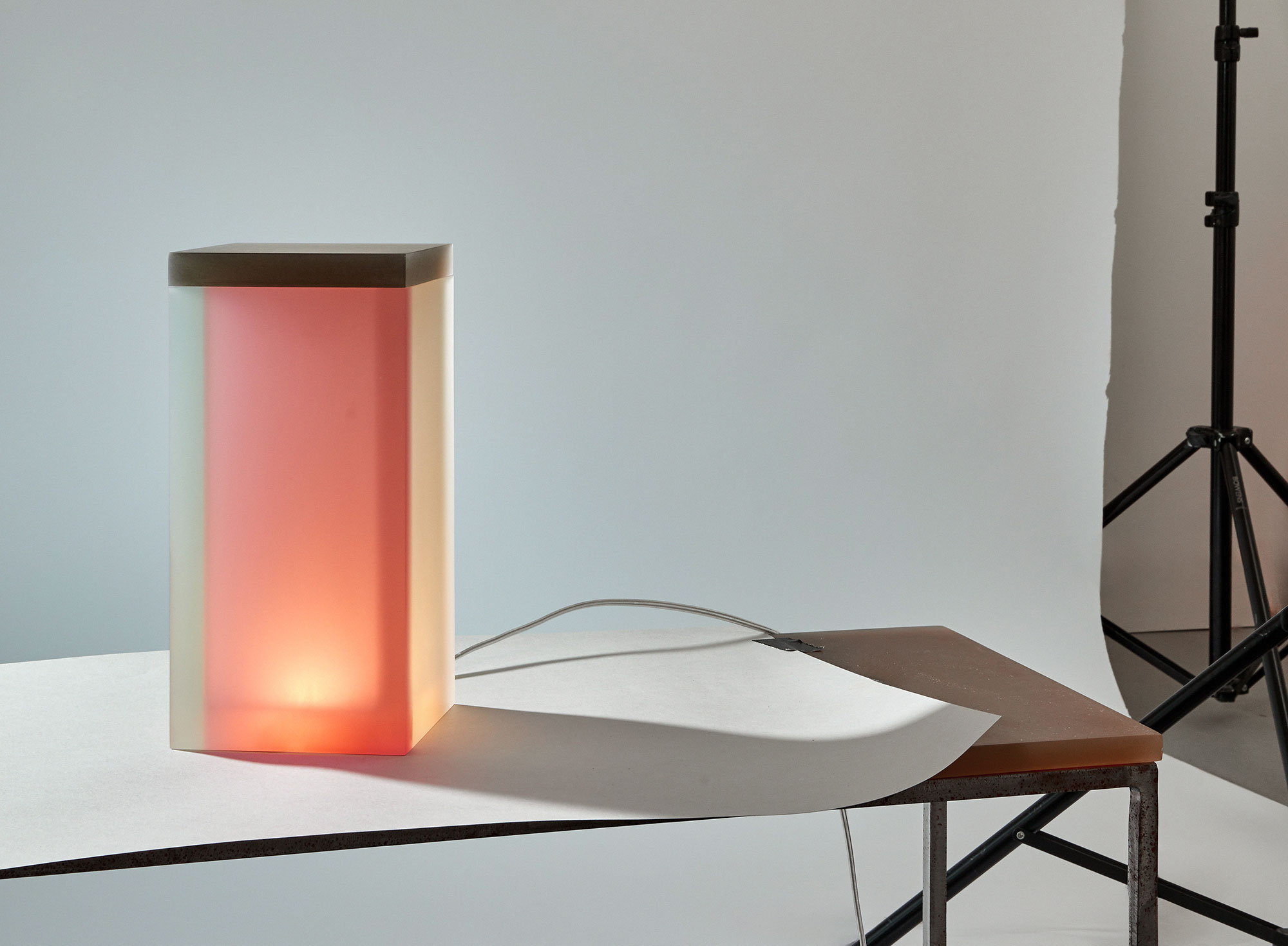
How did you meet and form Forever Studio?
Bienke:
We met at the Willem de Kooning Academie in Rotterdam, but I think we got along only from the third year on. Even though we were in the same class for the first two years, we neglected each other a bit. But then we got this assignment at the academy to make a pop-up store. At some point, we both found ourselves working the whole time in the metal workshop. So that’s where we actually bonded.
Sara:
I think we both had the feeling that we wanted to work with our hands and make everything from scratch… Follow every design of everything we made from the starting point. So yeah, it started with welding and using metals. Then, after a while, we fell in love with resin, of course. Yeah, I think that it started at the art academy. When we graduated together, we were both like ‘What are we going to do? Where are we going to work?’ And basically, without any clue, we just went to the Chamber of Commerce and started our own company.
Bienke:
We were sort of lucky to have anti-squat studio space already while doing our last year at the academy. We also made our graduation project there. And when we stopped with the school, we still continued to just go there every day…
Sara:
Every day, yeah. From 9:00 in the morning, till 6:00 in the evening. Pretending we had this design studio.
(both smile)
Bienke:
Yeah. yeah. And from there, just project-by-project, it grew. Also, we didn’t really have a design background/education because the course we did was not a product design course, for example. Because of that, we sort of made it up ourselves.
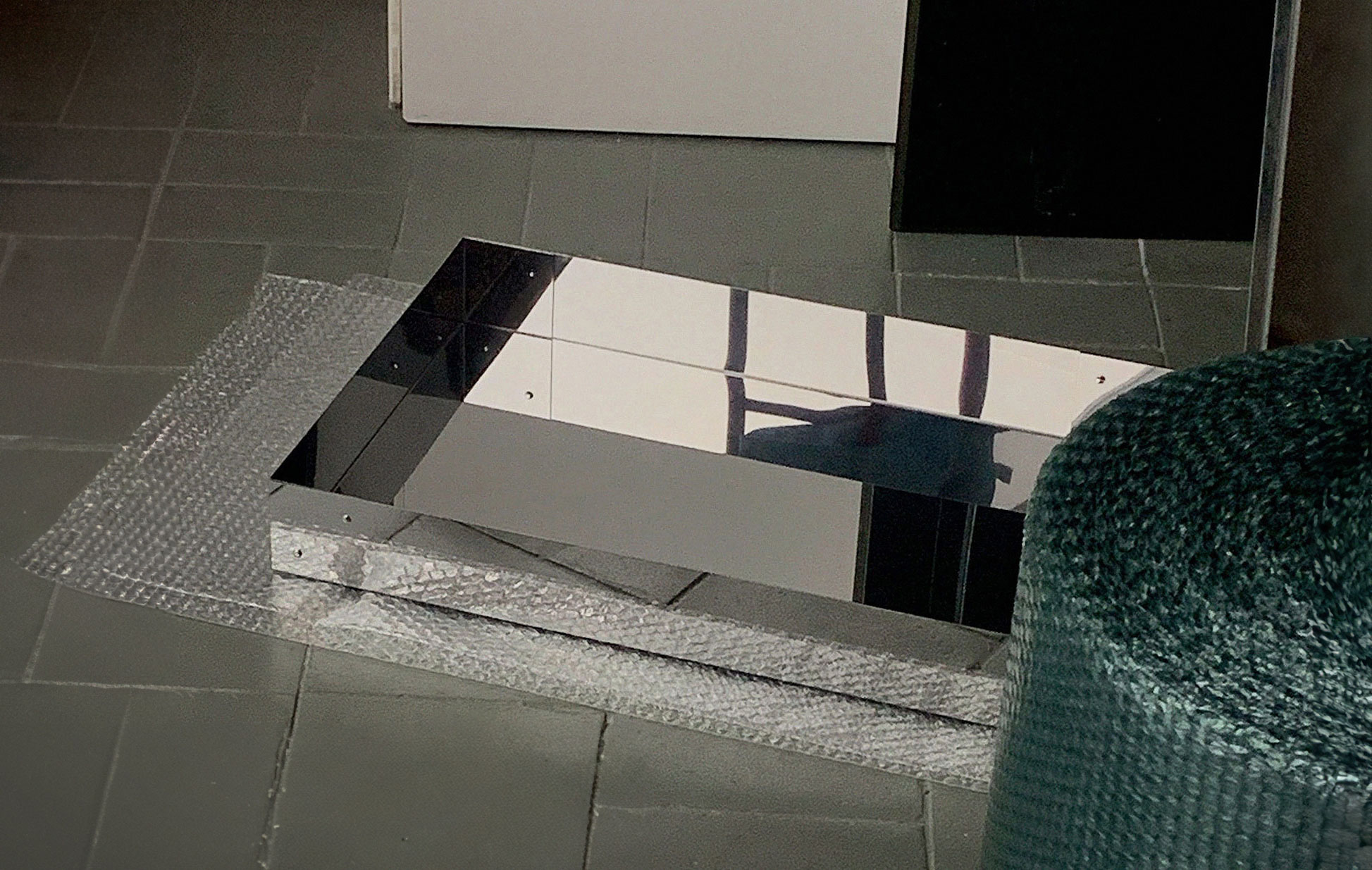
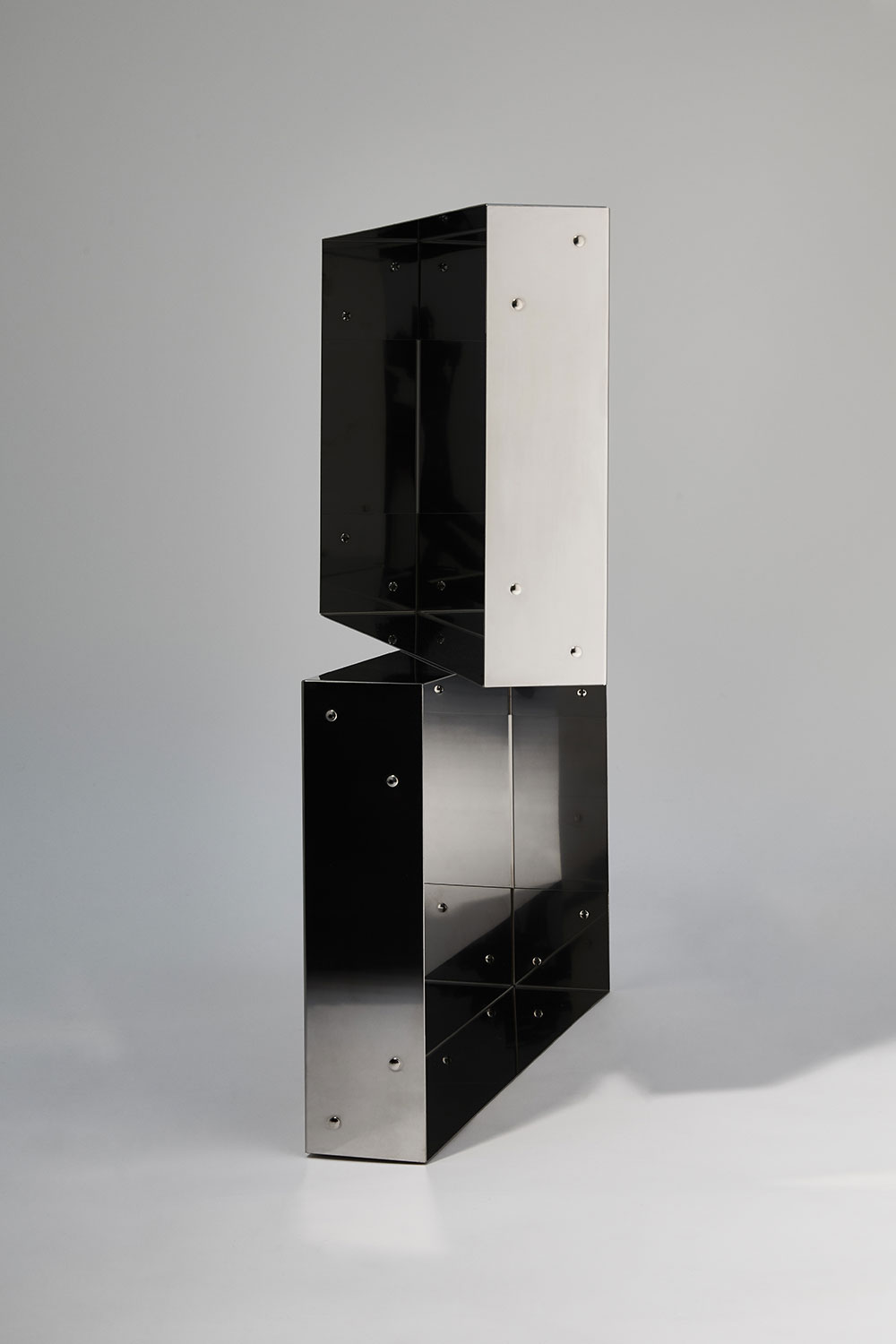
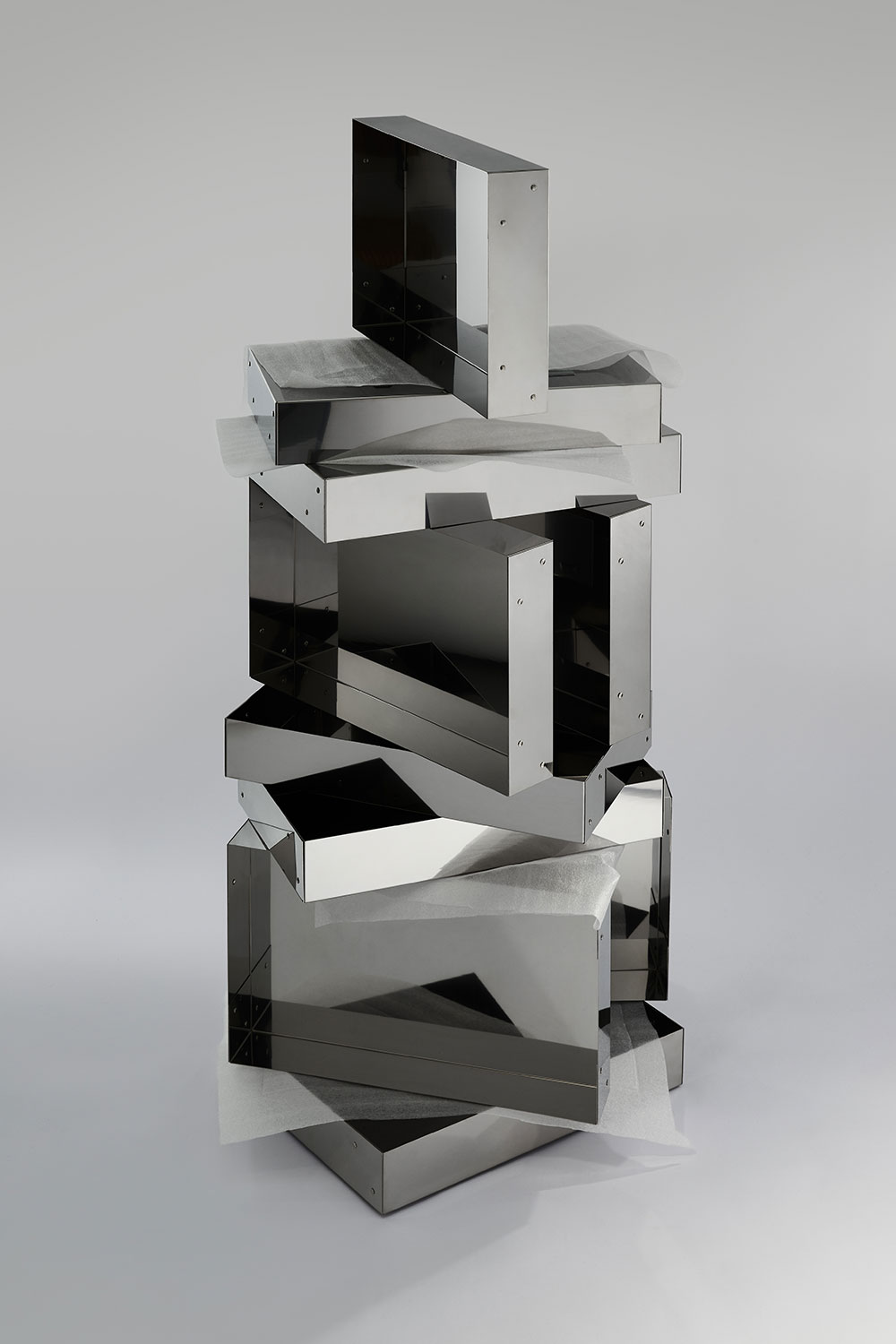
What course did you take at the academy?
Bienke:
We both studied Lifestyle & Design. It’s a sort of conceptual-based course, like trend forecasting, art direction, and stuff like that. So making a 3D object for an assignment was not necessary; it could also be a mood board or whatever. But from the third year on we just translated every assignment into something that allowed us to make an object. Although, that was probably not the idea of the study program.
Sara:
No, I think we were the only ones with three-dimensional outcomes, like designs. The other students just had photoshoots, a magazine that they designed, or something like that.
Bienke:
I think maybe that vibe still communicates a bit in the products that we produce now. Perhaps it can be seen sometimes as a weakness, but we never feel really limited in what an object can be. We don’t really have the rules of product design in our heads when we design something.
How do you collaborate and agree on design ideas?
(both look at each other and laugh)
Bienke:
We just work, let’s say… very inefficient. So, in a way, we sort of do everything together, but of course, it depends… In the beginning, we both come up with different ideas, and later on, add more thoughts on top of that. For example, what serves as the best finish, which material to use, and so on. Therefore, it all layers up into something that neither one of us could have come up with alone.
Sara:
Yeah. So it’s really inefficient, but we truly ‘dig’ into something together. And of course, sometimes Bienke can be like: ‘Oh, I really think this could work,’ and if we don’t agree… Yeah, I don’t know… Sometimes we just ignore each other for a couple of minutes, but always come together again at some point. So it is good to have each other.
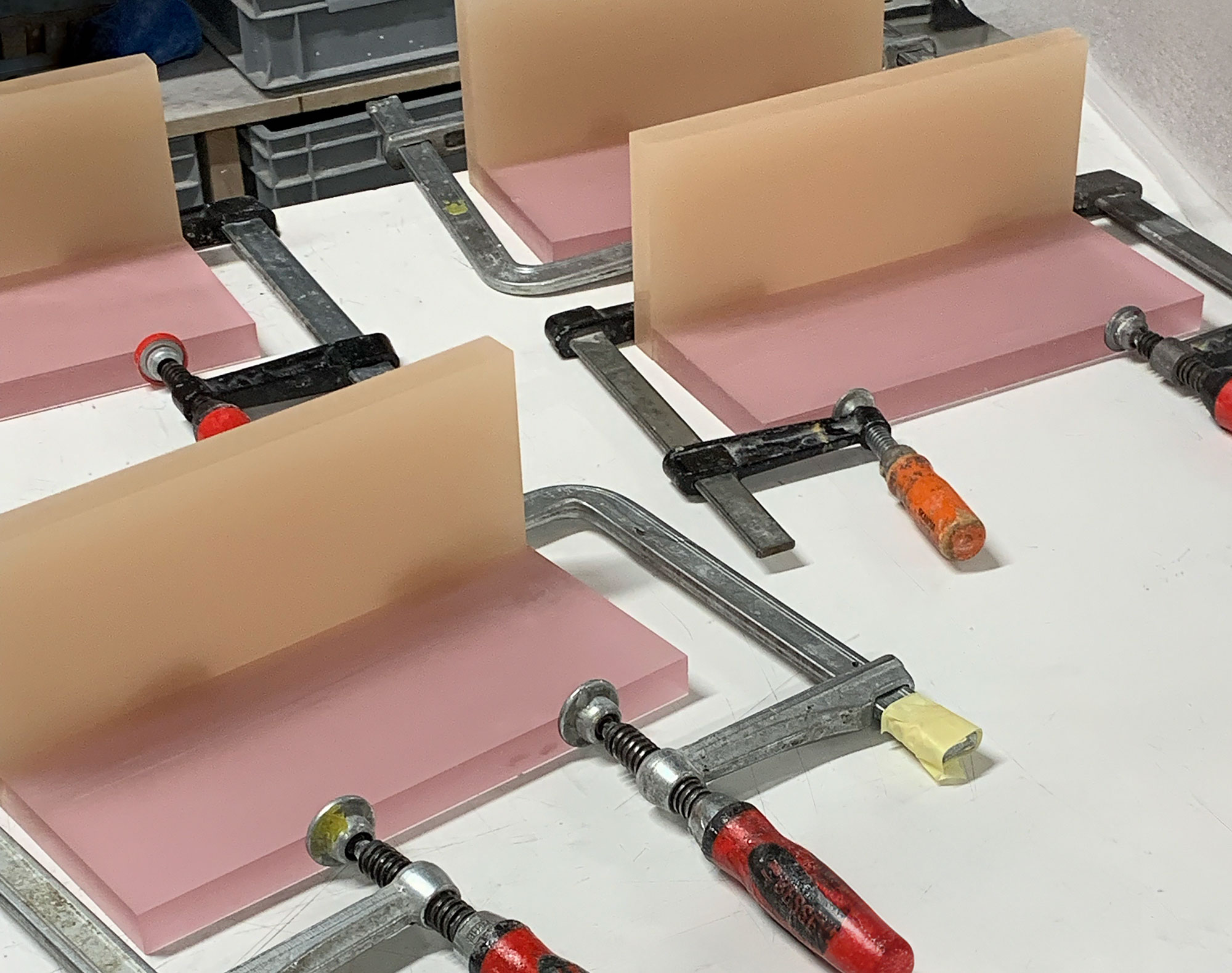
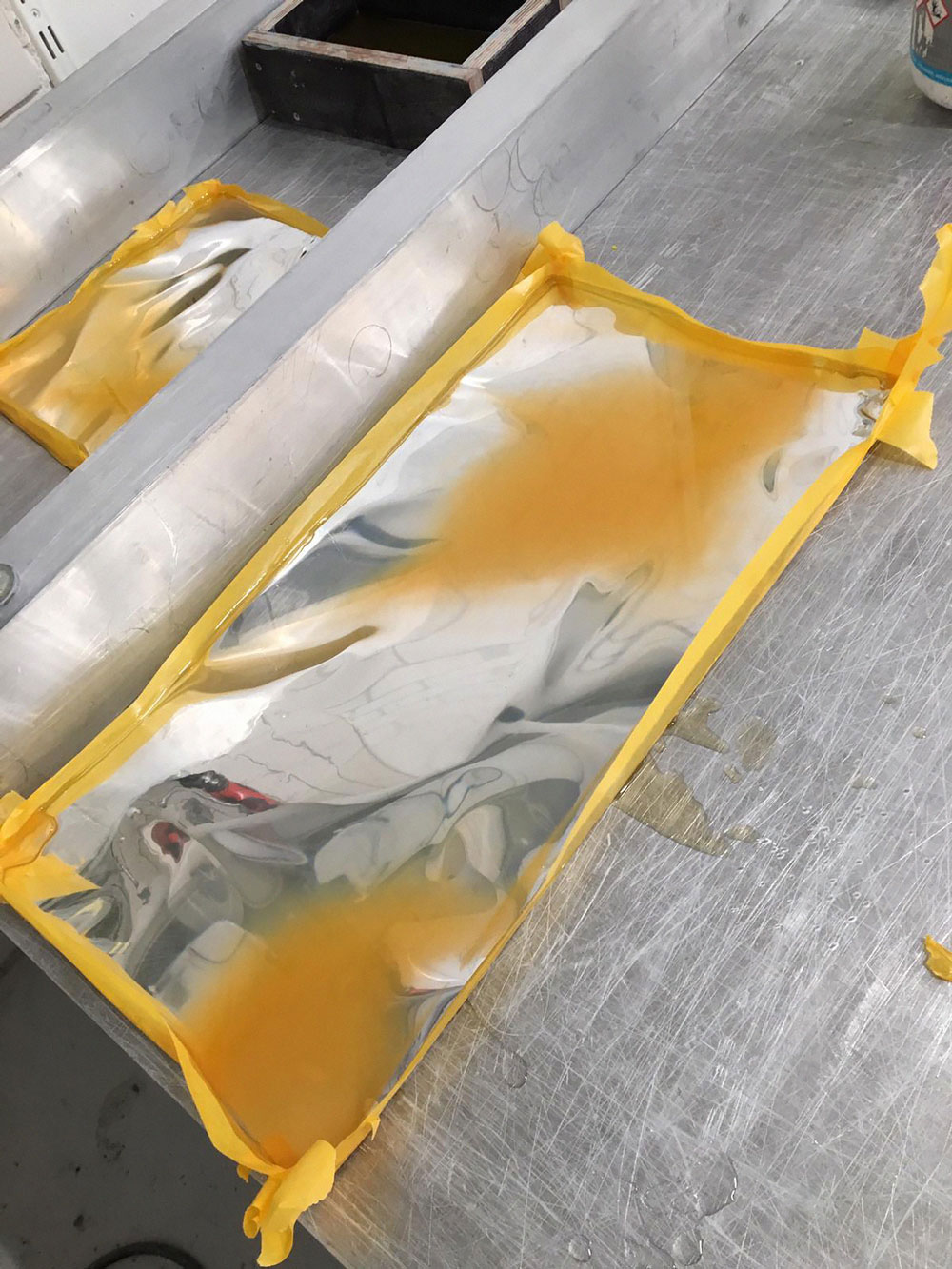
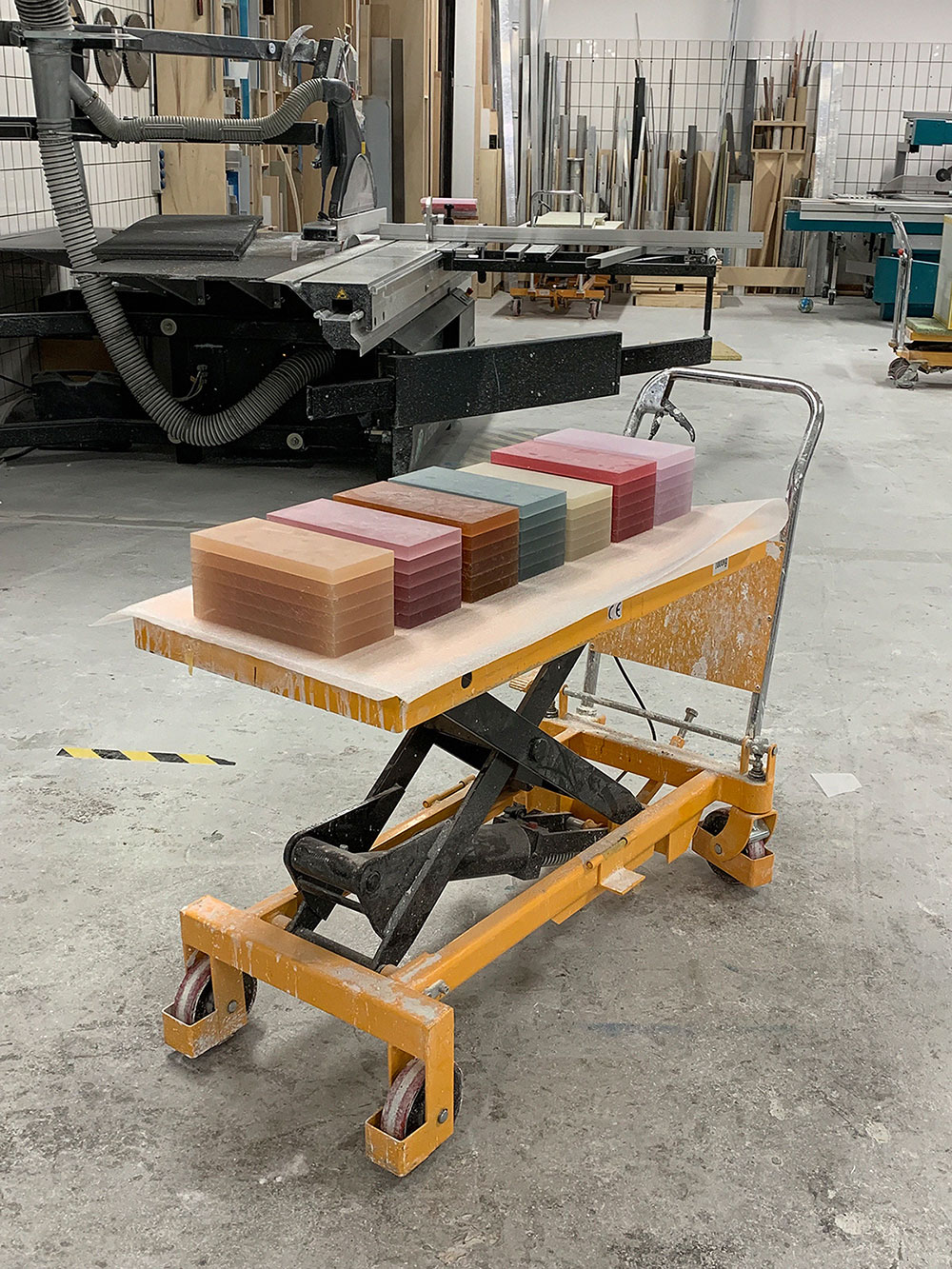
Everything appears to be running smoothly, which is what truly counts! I’m also a firm believer that two heads are better than one.
Bienke:
Yeah, definitely. And we have this feeling anyway when we look at a designer we like. We always think how nice it would be if everyone collaborated with each other. So that everyone could get out of their own Island, you know. Share the knowledge about running a studio or getting funding, or even sharing your aluminum supplier. Like, why not?
Sara:
Yeah… Be even more open and transparent.
When did you decide to pursue arts and design?
Sara:
As for me, it might sound like a cliche; my parents always brought me to museums. We also went together to a lot of big cities on holiday.
And yeah, my parents love design, art, and stuff like that. So I think it happened because of different influences. For example, my grandmother really loves Spain, Spanish architecture, and old antique furniture. And that’s also something I love. Not only the super slick, and high-end stuff that we make now at Forever Studio, but this beautiful, 300 years old table that she has at home. And also, at my parents’ house, the neighbor was also an artist and also my teacher in high school… So I think we always had a lot of people around us who were really into art and design. So, yeah, cliche, but that’s it for me. (laughs)
Bienke:
Yeah, for me, after high school, I only knew what I didn’t want to do for my studies. And then one time I was with a friend of mine, we went shopping in the center of Rotterdam. She pointed at the Willem de Kooning Academie and said: ‘Yeah, that’s such a nice school. I’m going to the open day’. So I went as well and eventually applied, then I got in. So that’s, to be honest, my way to the art academy. (laughs)
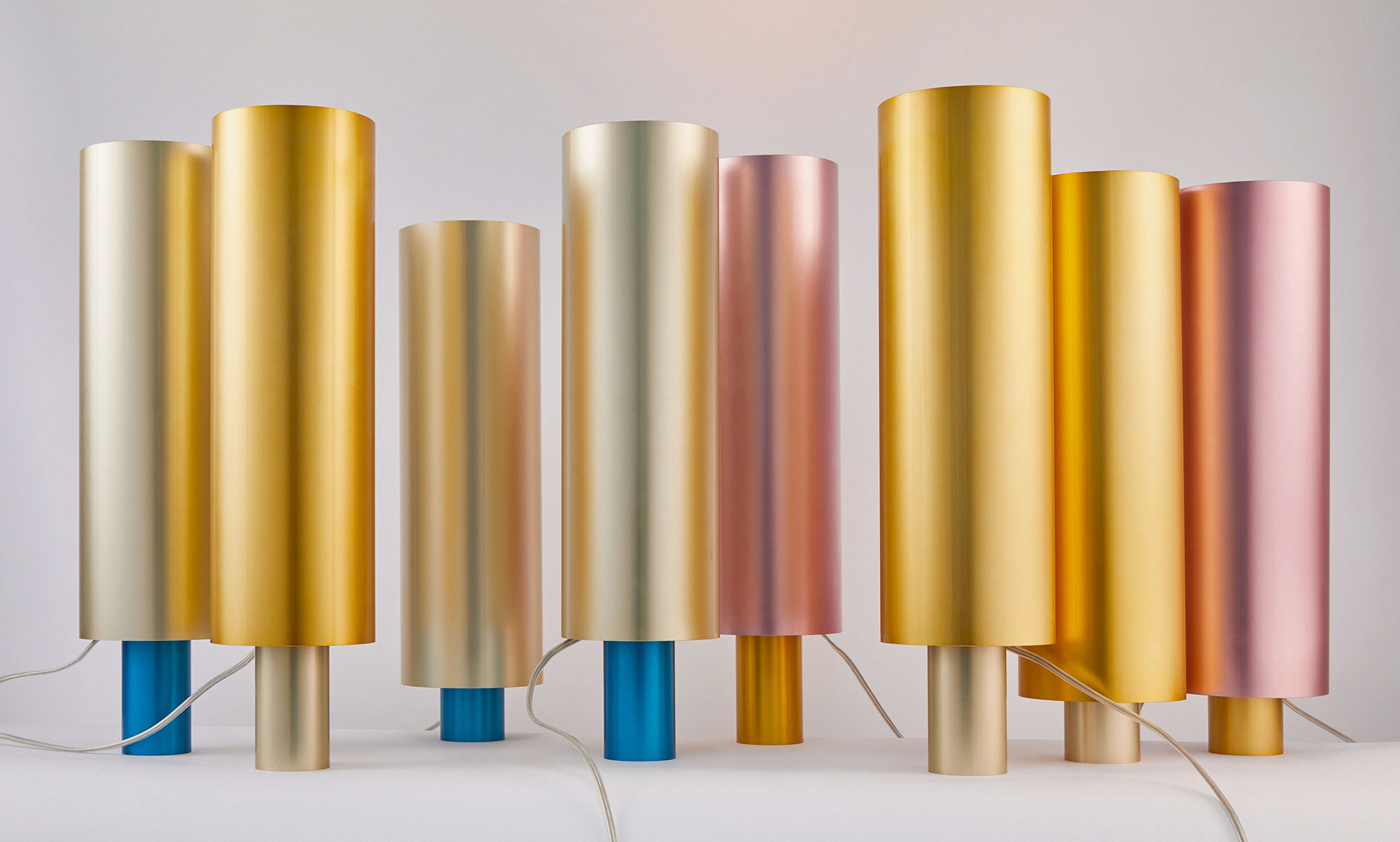
How did you develop your current aesthetic? Did you have similar styles before collaborating?
Sara:
I think we had a similar kind of style aesthetic.
Bienke:
Yes, but also it grew with us. Because we started this studio with the idea that everything we make will be under the studio’s name. So the aesthetic came by itself.
Sara:
Yeah, and I think that most of the time it comes from our research; the outcome of color investigations, or similar. We often want the color, shape, or combinations of materials to speak for itself. This way, it makes a difference in how we show the color. So, it feels really logical to us. For example, we made that piece with a cylindrical anodized aluminum tube because the light reflects beautifully in it.
Bienke:
Yeah, and it would be a different story if it was a square…
Sara:
… or if it would be flat. And in many cases the design starts with the image for us.
Bienke:
Yeah, in our mind. So, it can be a color combination that we love or something like this.
I understand, so you prioritize color and shape while removing everything else that becomes unnecessary…
Sara:
Yes! And, for example, one of our first designs, Beam Light, was also about this love song between two colors. But also, we just wanted to make something really big that showed the space between the ceiling and the floor. Something that makes you look at space in a different way. Then it becomes not about the object anymore, but more about the space.
Bienke:
And also, I think this is where our education comes in a bit, because we always go quite far if we think something could become a nice test or experiment. So if we make, for example, a table out of it, then our next thought — make chairs around it. And then, we can also go from one idea to a full curated exhibition with only our stuff. So space is quite important as well for us.
Sara:
Yeah, the surroundings…
Bienke:
Exactly, the surroundings. Where is your product gonna be? Is it for the floor, or is it for the table? How does the object connect with its surroundings? We really like thinking about those things.
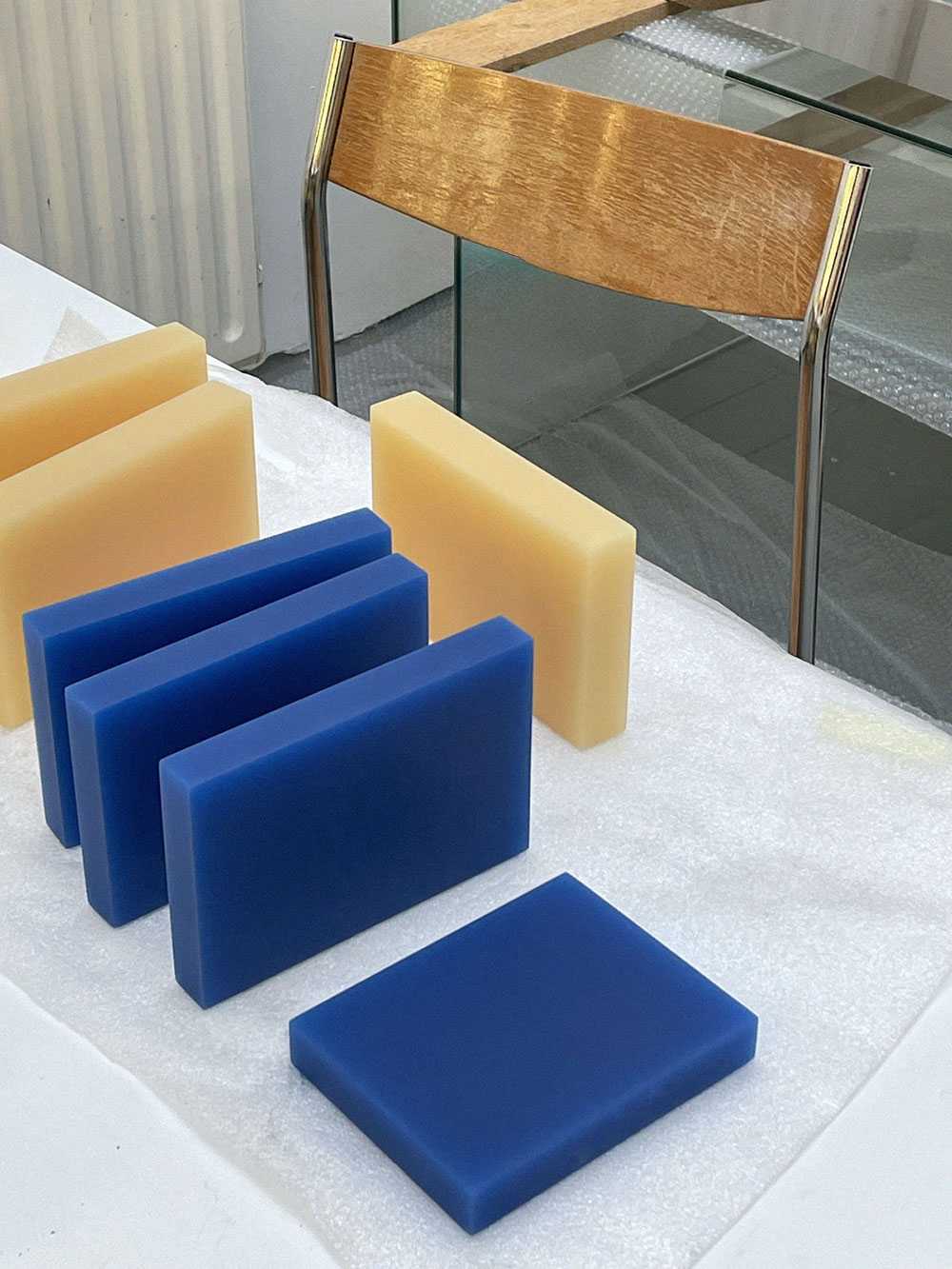
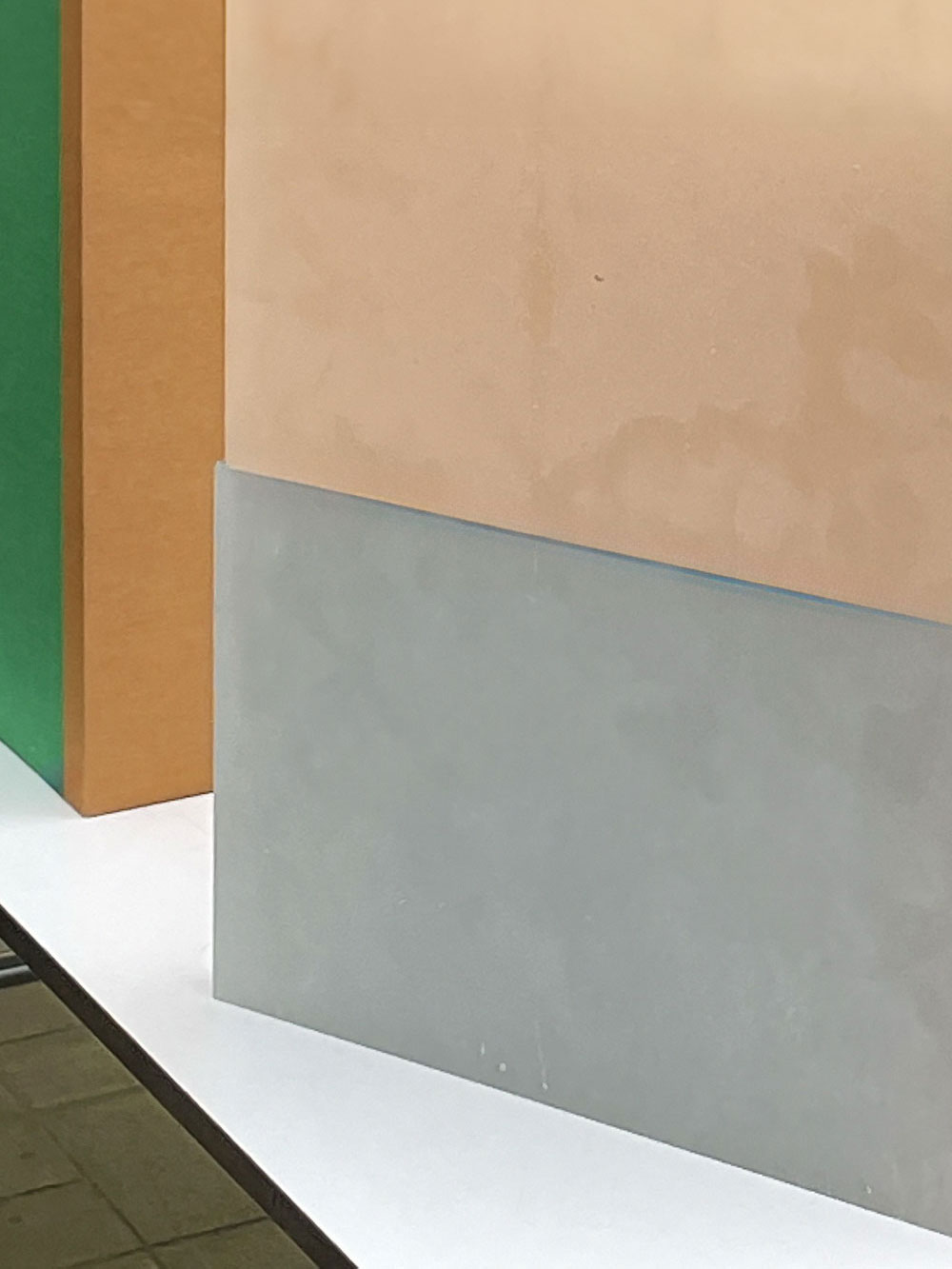
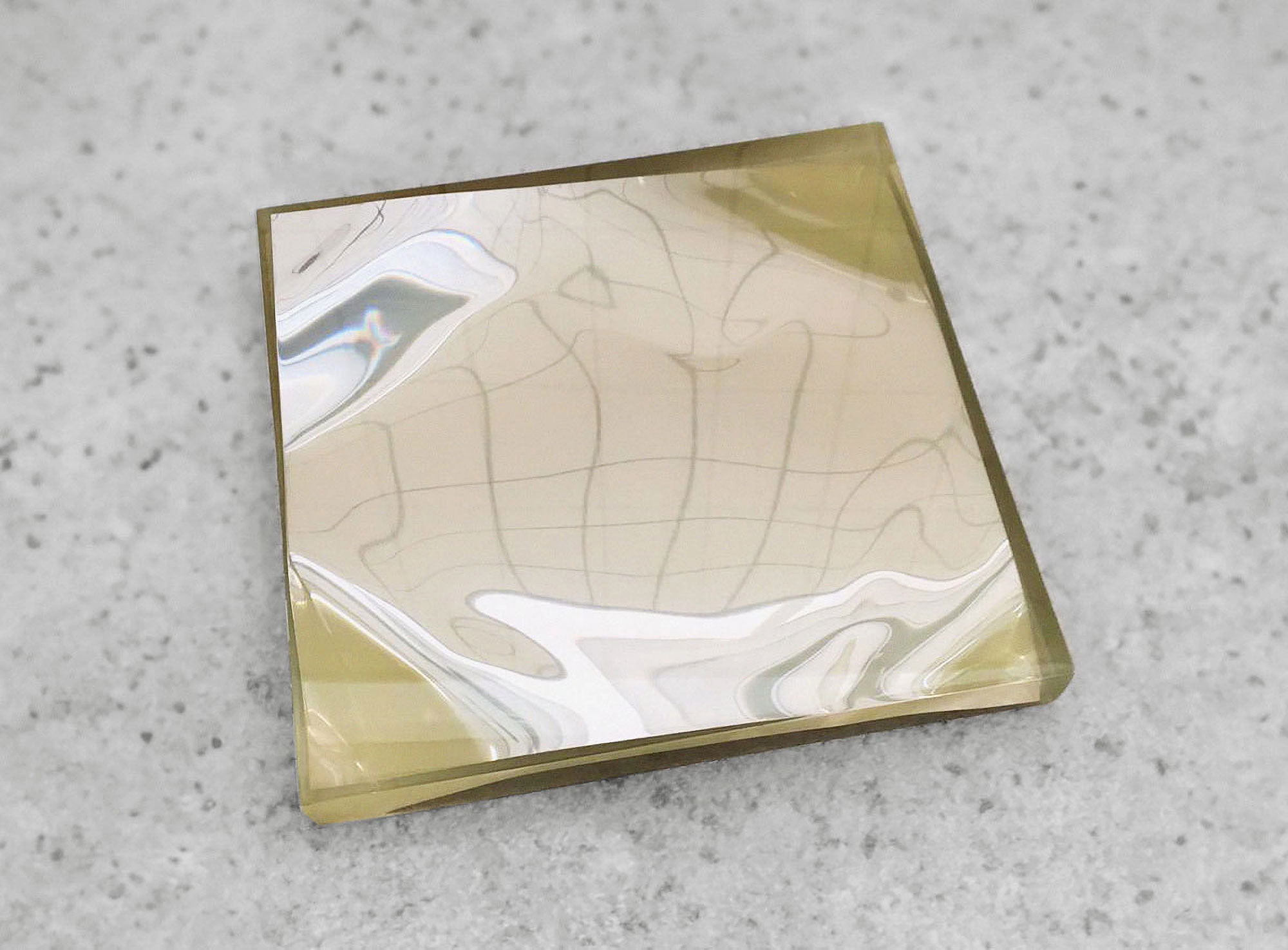
What’s Forever Studio’s ultimate goal?
Bienke:
Try to have a happy life, I guess.
Sara:
Yeah, and since the Forever Studio grew pretty well lately, and a lot of things going on, it gives us sort of freedom in our heads. Of course, it is still about money. We still need to earn, but it’s nice to experience a sort of balance and have the feeling of getting some perspective and security.
Sara:
And there are still a lot of steps to take… (smiles)
Bienke:
So yeah, I think our mission is also to just continue doing what we are doing, what makes us happy, and what we can. And also, getting paid enough for our work and stuff like that.
Sara:
It gives us so much freedom and so much happiness. You just go here every day and you’re just making your own stuff — that’s really amazing.
Bienke:
It became a sort of relief for me and Sara to make something. You build up this tangible thing that you created, you know? The studio you have and the products you already made — it’s pretty cool to make your own, sort of, life.
Any advice for aspiring artists and designers?
Bienke:
Yeah, well, what worked for us — ‘apply for a fair.’ Because after our graduation we didn’t really have any deadlines as we had no assignments going on. So when we applied to a fair we got some sense of use again, that we could work on something. And then we also met a lot of other people that give feedback about our project, which you never get outside of school. And I think that gave us a big push.
Sara:
Yeah, and some security.

KangHee Kim was tired of waiting for the magic to happen, so she created it herself. The Brooklyn-based South Korean
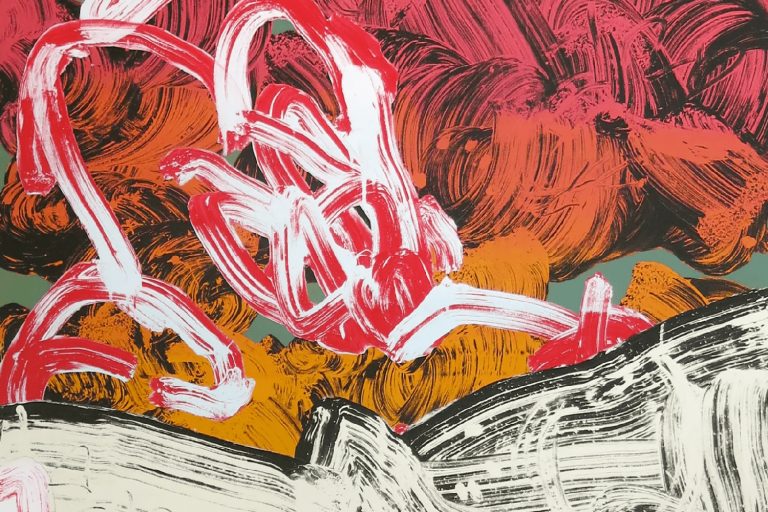
Born in Paris and now based in Brussels, artist Pablo Tomek delves into societal intricacies through his gestural paintings. With
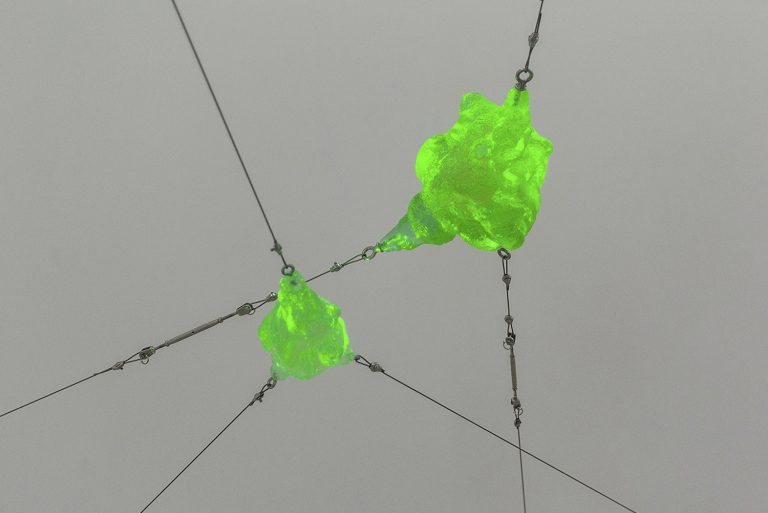
The multimedia artist Carlos Sáez lives and works in Valencia, Spain. His work exists in the conjunction of digital and

Mit Borrás, a transdisciplinary force in the art world, initially divided his creative energies between Madrid and Berlin starting in
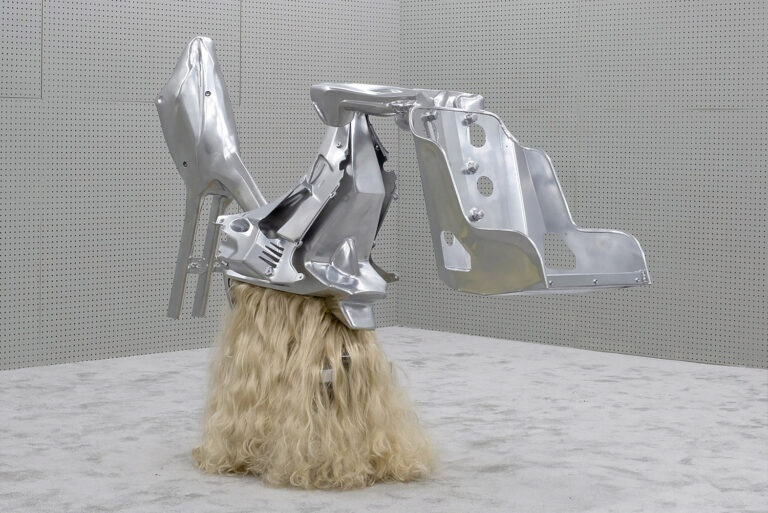
In a world that often overlooks the ‘everyday,’ artist Vladislav Markov turns the unremarkable into something extraordinary. His sculptural works
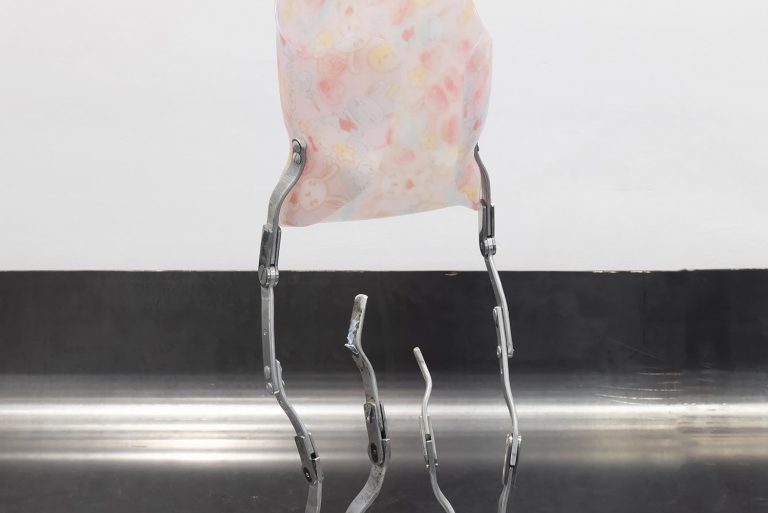
Mexican artist Berenice Olmedo delves deep into societal norms. She questions who establishes these norms and their counterparts. For years,
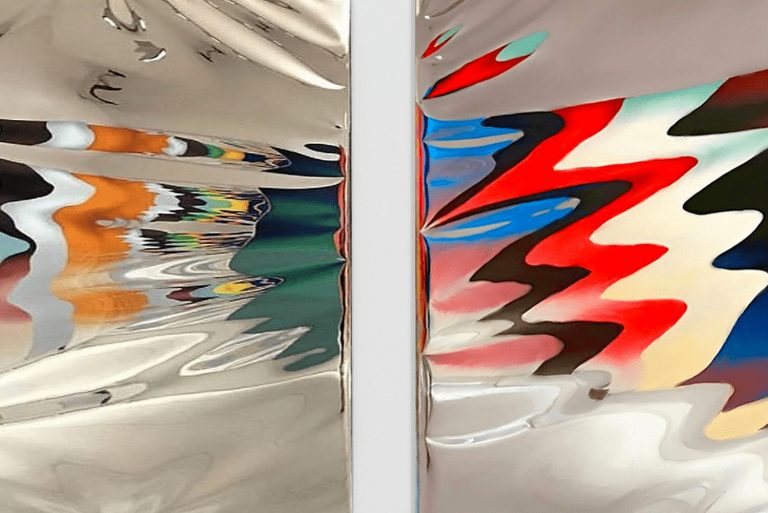
Gioele Amaro, born in 1986 in the Calabria region of Italy, has a story that’s as captivating as it is
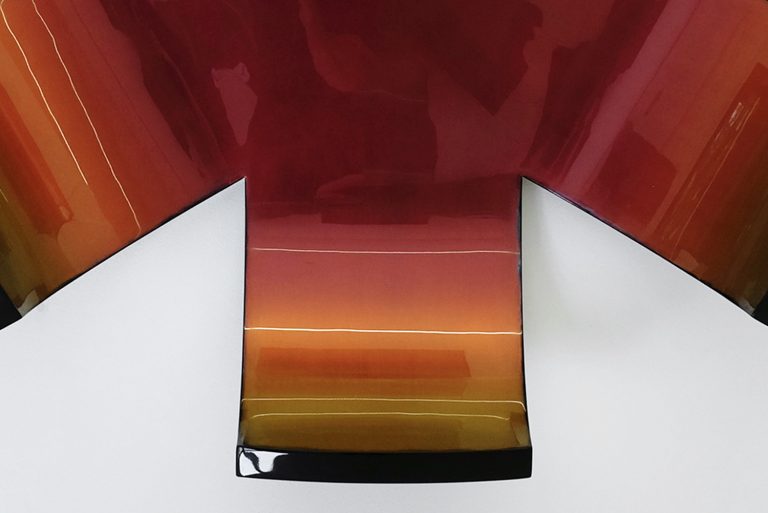
The English contemporary artist Oliver Johnson currently lives and works in Valencia, Spain. From painting to light installations, his works
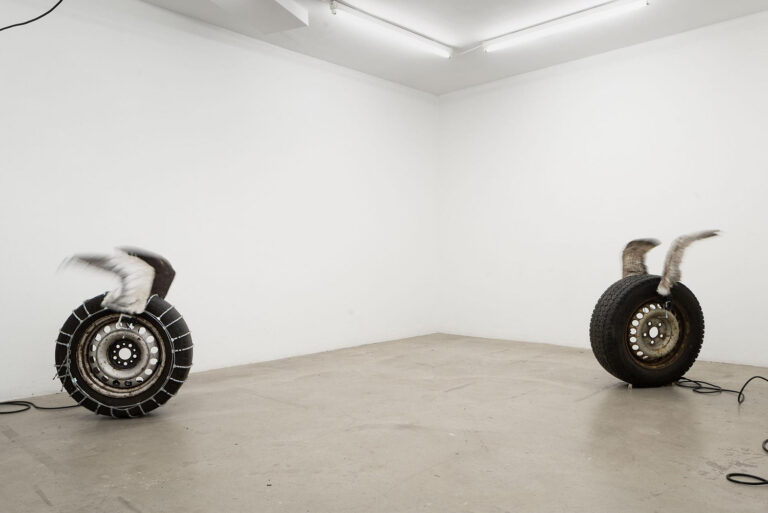
Hanna Antonsson creates a distinctive artistic narrative where nature intersects with human progress. In Gothenburg, Sweden, she finds inspiration in
Independent Art & Design Gallery 0→1 © 2024
Stay in the loop with 0→1. Join our email list for the latest news, artist highlights, and first dibs on our exclusive collections. Dive into the art world with us — curated, simplified, and personal.
(We respect your inbox. Our updates are curated for value, and you can unsubscribe anytime. No spam, just art.)
We use cookies to improve your browsing experience; details in our Privacy Policy →